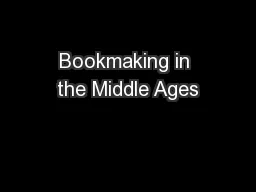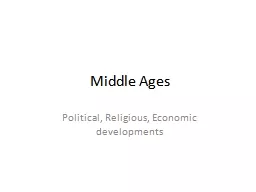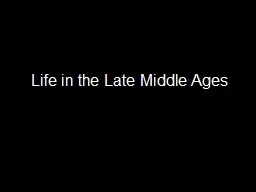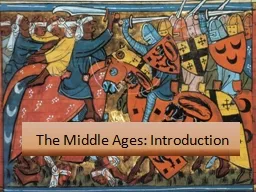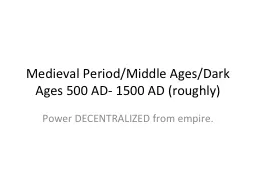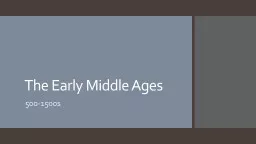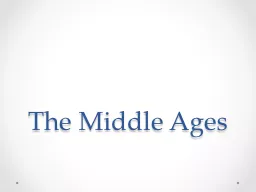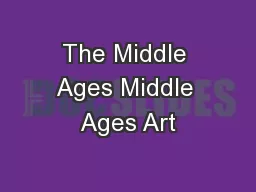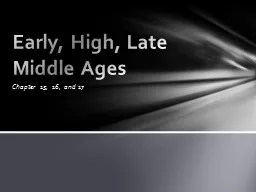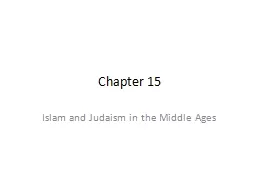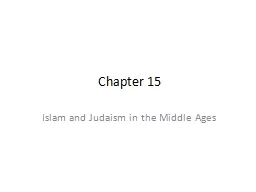PPT-Bookmaking in the Middle Ages
Author : celsa-spraggs | Published Date : 2016-02-23
Keisha Lindsey British Literature 3 rd block 10 blue group Up to the twelfth century most medieval manuscripts were written by monks living in monasteries Each
Presentation Embed Code
Download Presentation
Download Presentation The PPT/PDF document "Bookmaking in the Middle Ages" is the property of its rightful owner. Permission is granted to download and print the materials on this website for personal, non-commercial use only, and to display it on your personal computer provided you do not modify the materials and that you retain all copyright notices contained in the materials. By downloading content from our website, you accept the terms of this agreement.
Bookmaking in the Middle Ages: Transcript
Download Rules Of Document
"Bookmaking in the Middle Ages"The content belongs to its owner. You may download and print it for personal use, without modification, and keep all copyright notices. By downloading, you agree to these terms.
Related Documents

